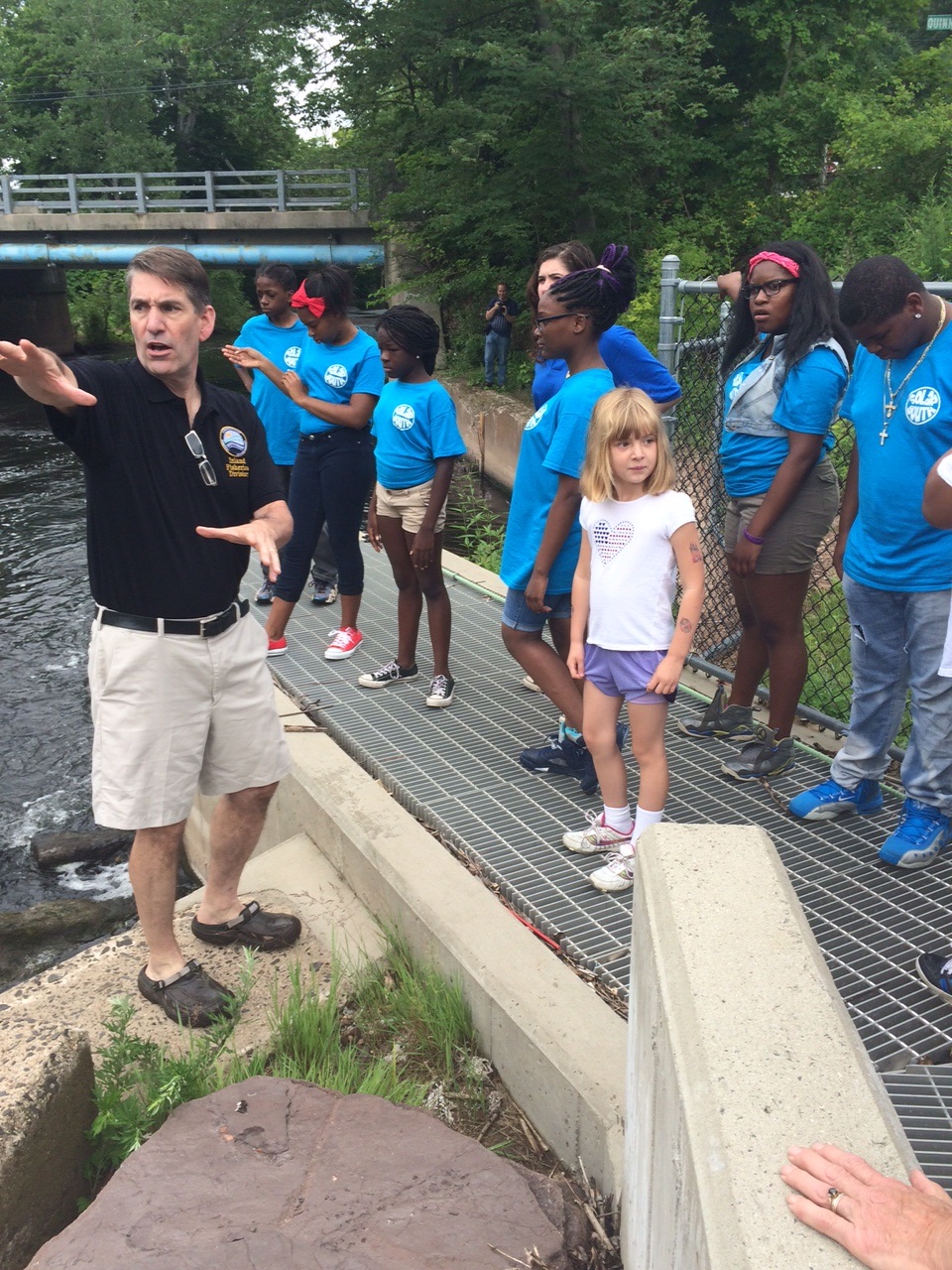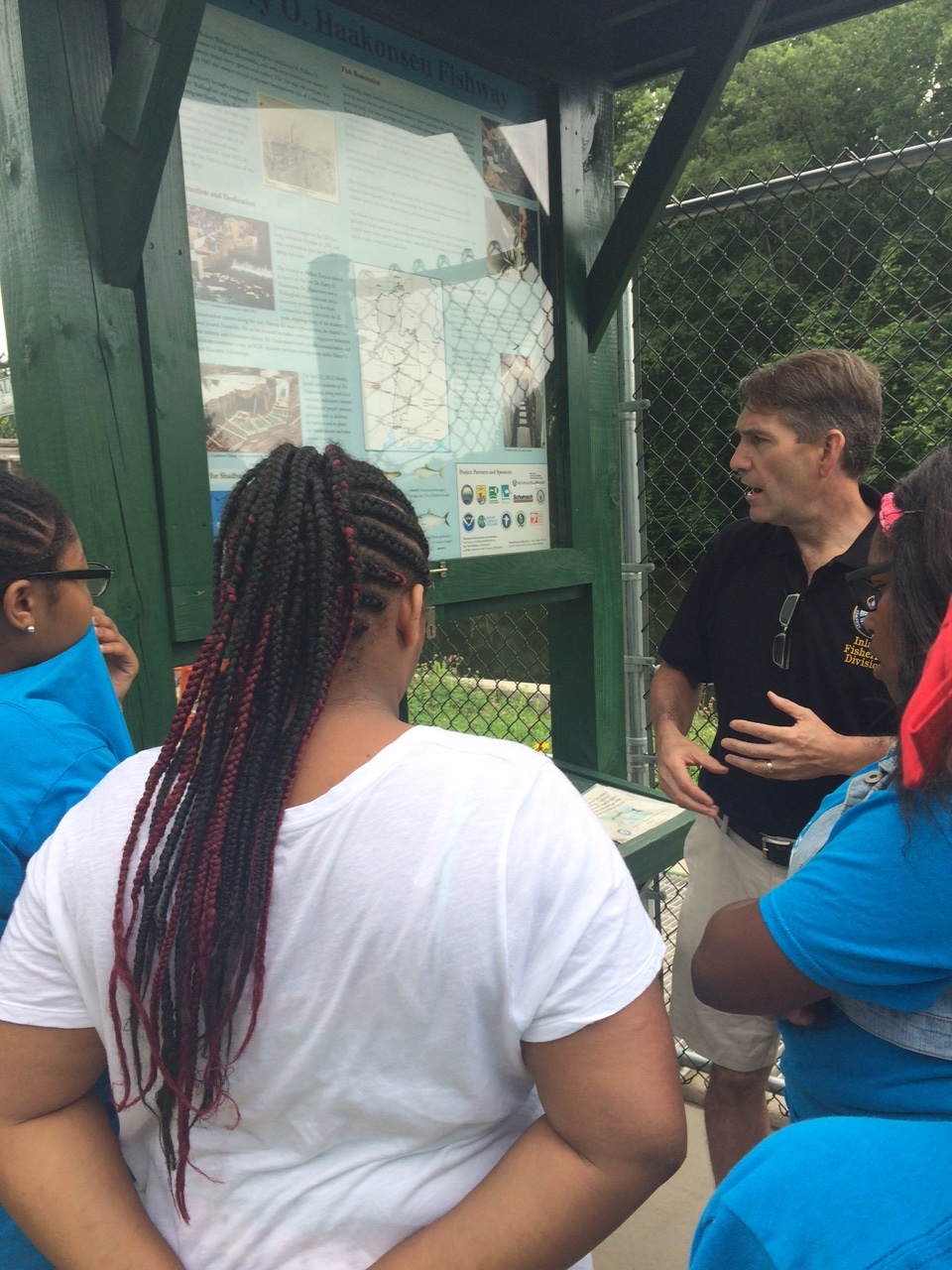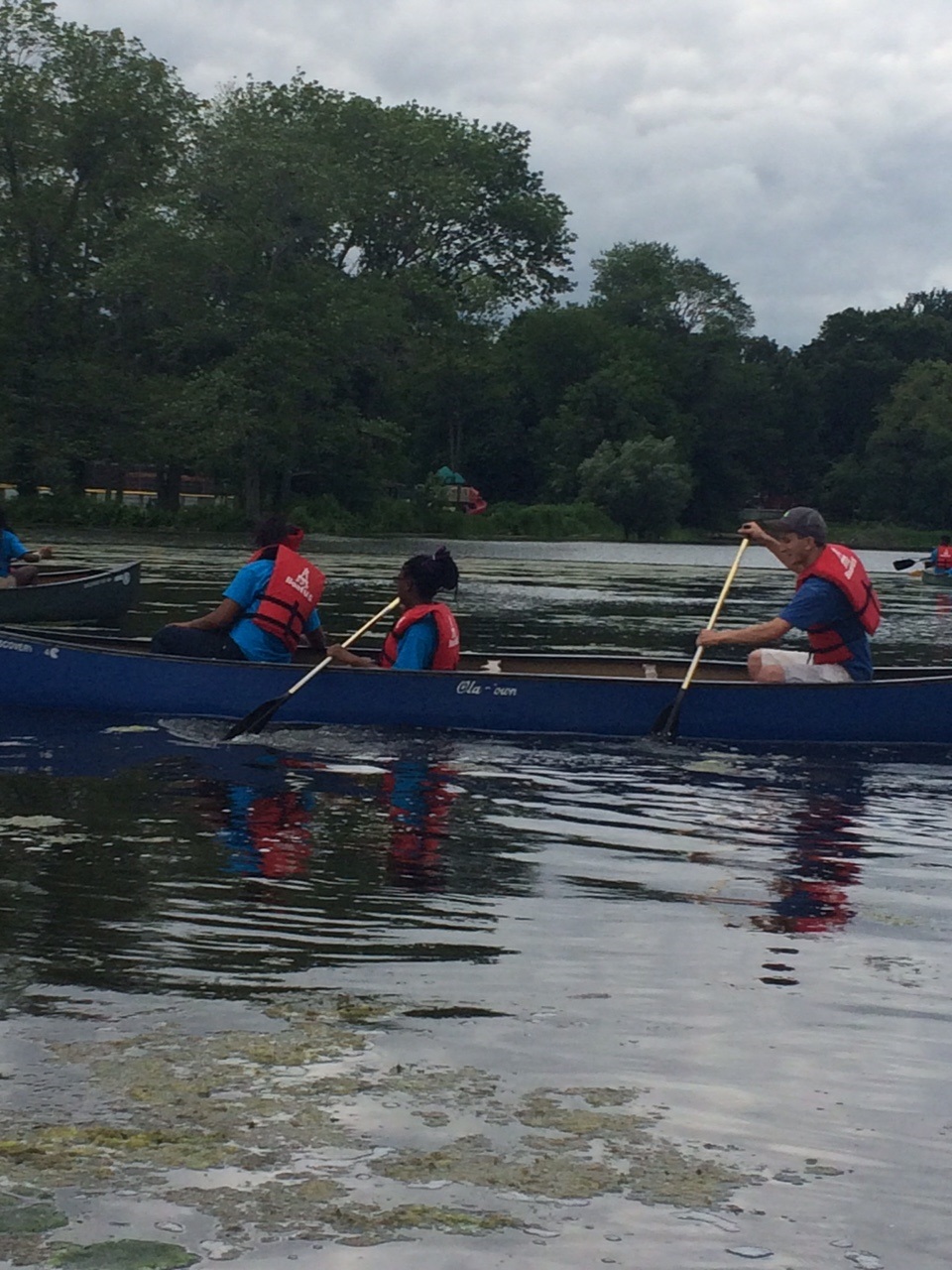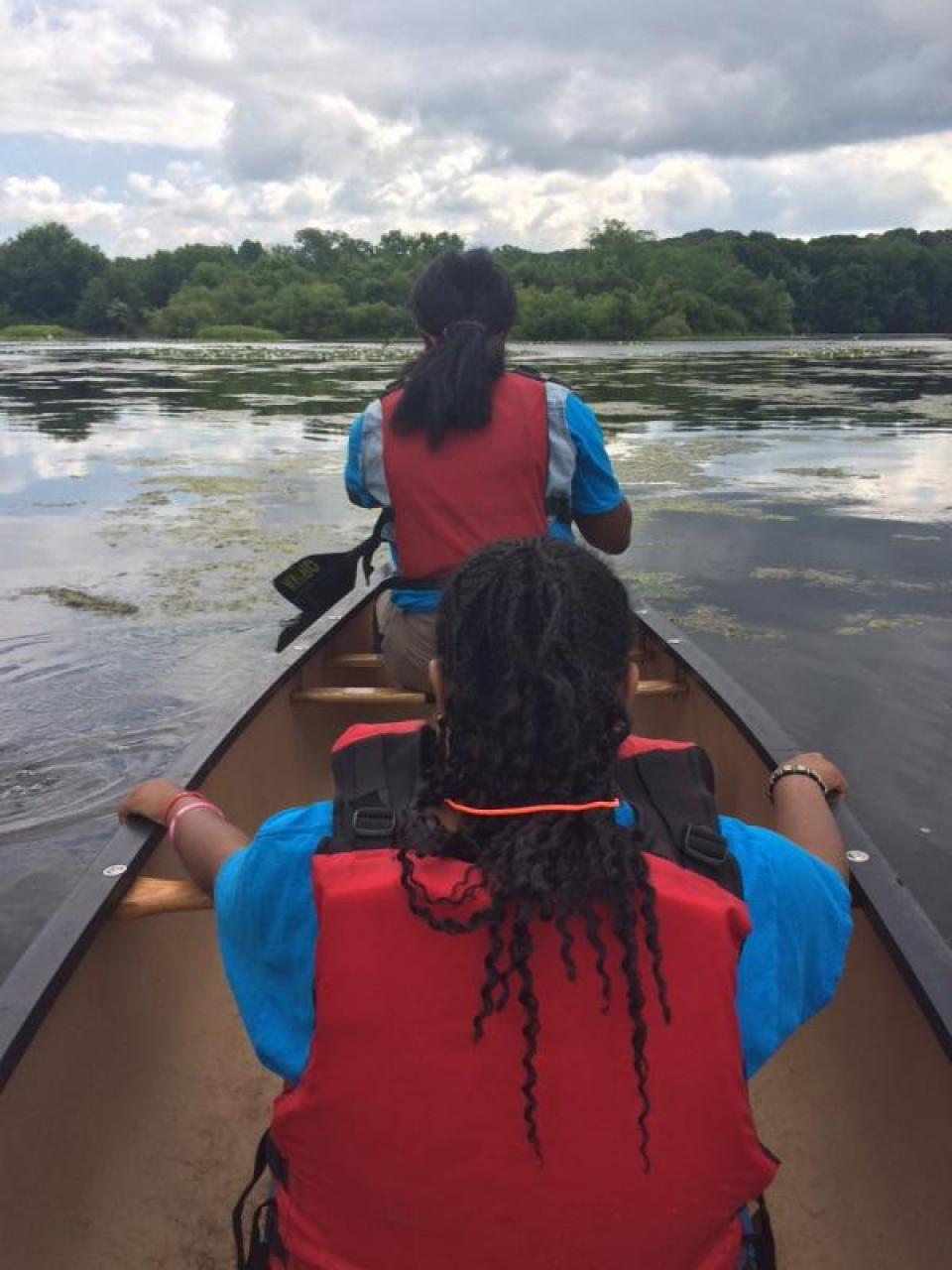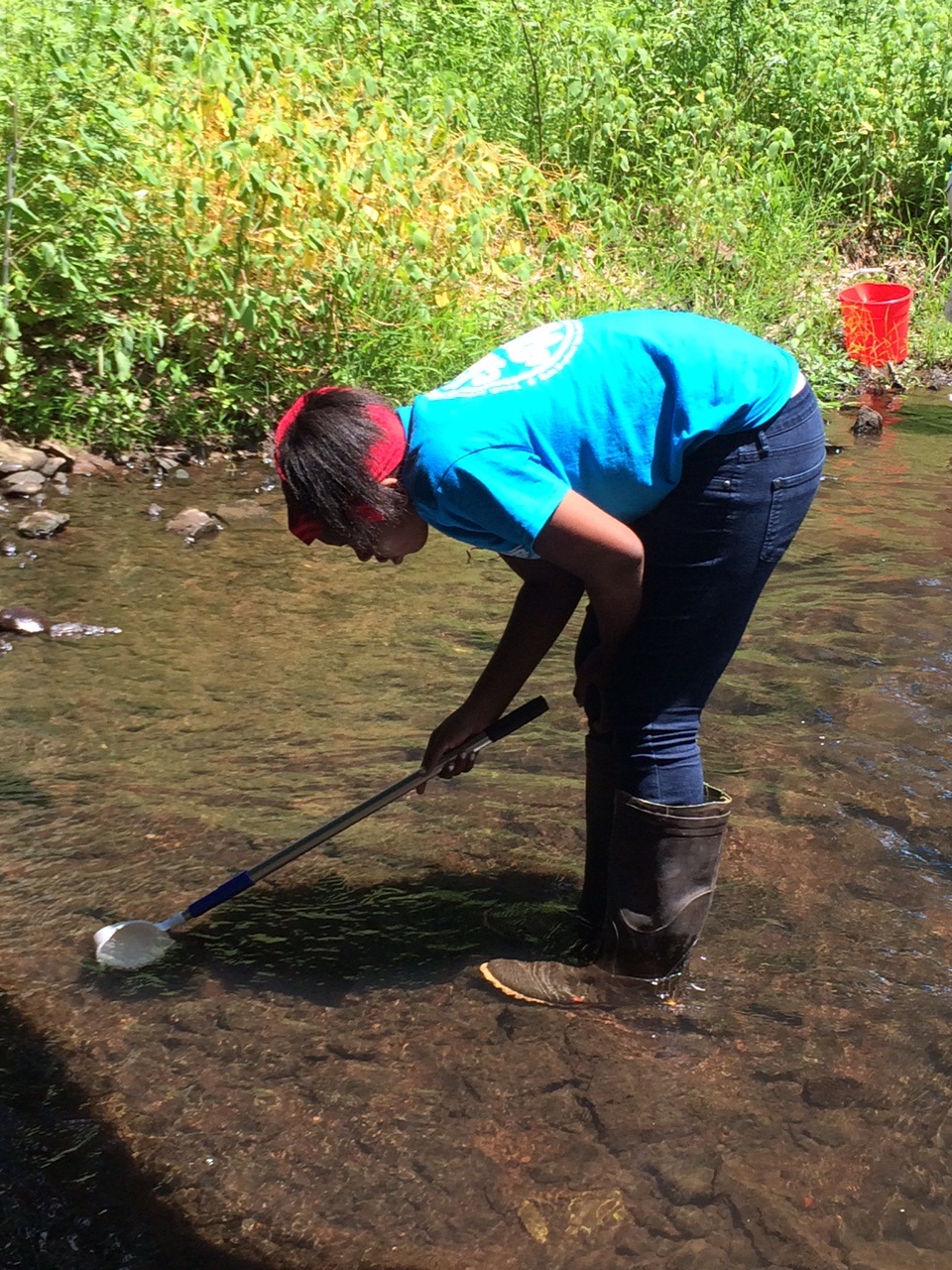After more than a decade of waiting, work has finally begun on the Fireworks Island leg of the Quinnipiac River Linear Trail in Wallingford. An official groundbreaking ceremony was held on June 5 to honor the work of local volunteers, city officials, and funders of the project. Now that permits are in place, construction will commence on the section that will connect downtown Yalesville to the completed trail along Community Lake. When finished, the entire trail will stretch from border North Haven to Meriden.
Planning for the project, known as Phase III, began in 1998 with the first of multiple grants from the Quinnipiac River Fund at The Community Foundation for Greater New Haven.
“The Foundation was the first to believe in us. That first grant was enough to make it a real project and attract other funding sources,” said Mary Mushinsky, co-chair of the Quinnipiac River Linear Trail Advisory Committee.

Various delays turned the project into an odyssey. The completed hydrology studies and engineering designs had to be redone after an endangered plant, false mermaid weed, was discovered at the location of the planned bridge crossing.
Trail planners encountered a second roadblock when the Yalesville on the Green condominiums refused to allow pedestrians to walk over the existing bridge to the state-owned Fireworks Island property. In October 2014, the state awarded a $150,000 grant to construct a separate 208-foot pedestrian bridge. The total cost of the third phase is expected to be $2.8 million.
Now that permits are in place, work is set to proceed this summer.
“We never gave up,” Mushinsky said.
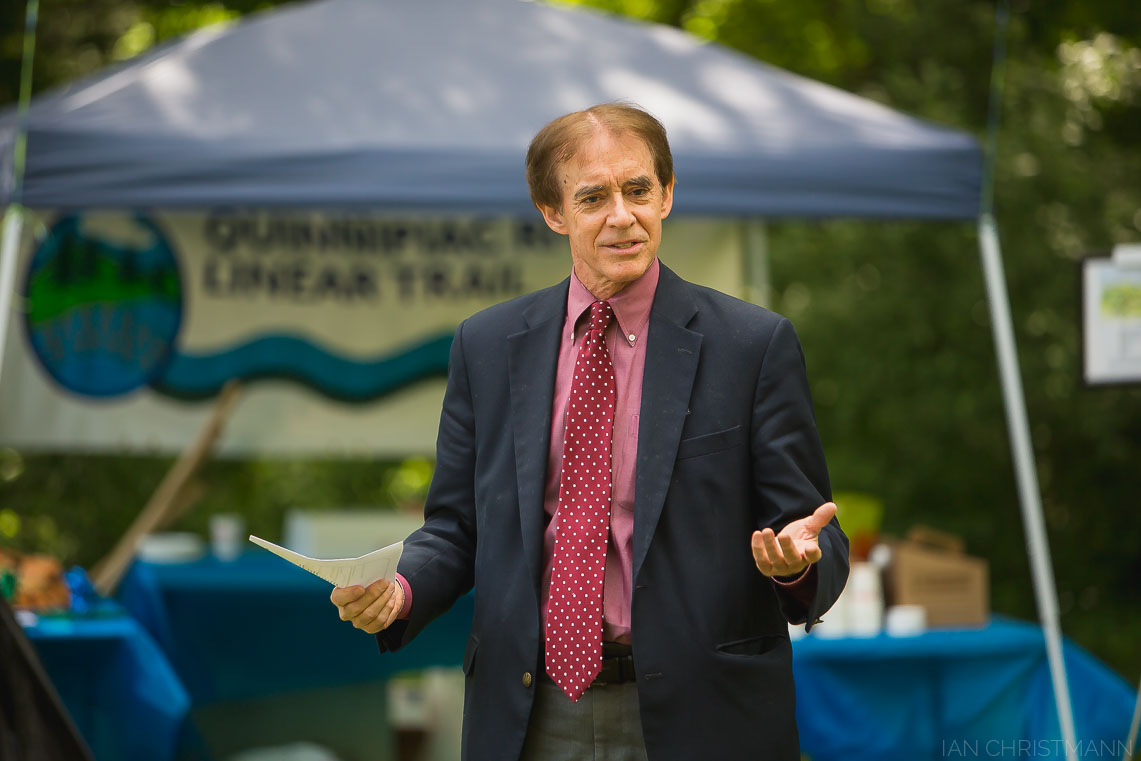
Wallingford Mayor William Dickinson, Jr
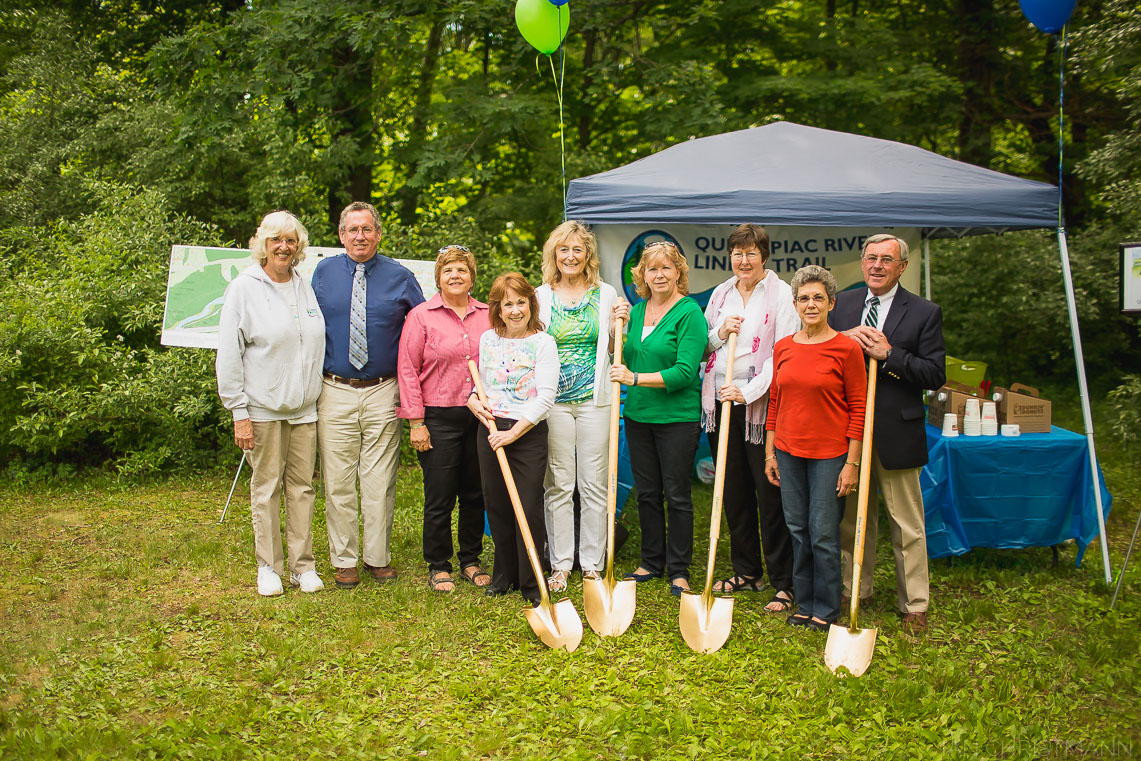
Quinnipiac River Linear Trail Advisory Committee

Wallingford Town Engineer John P. Thompson

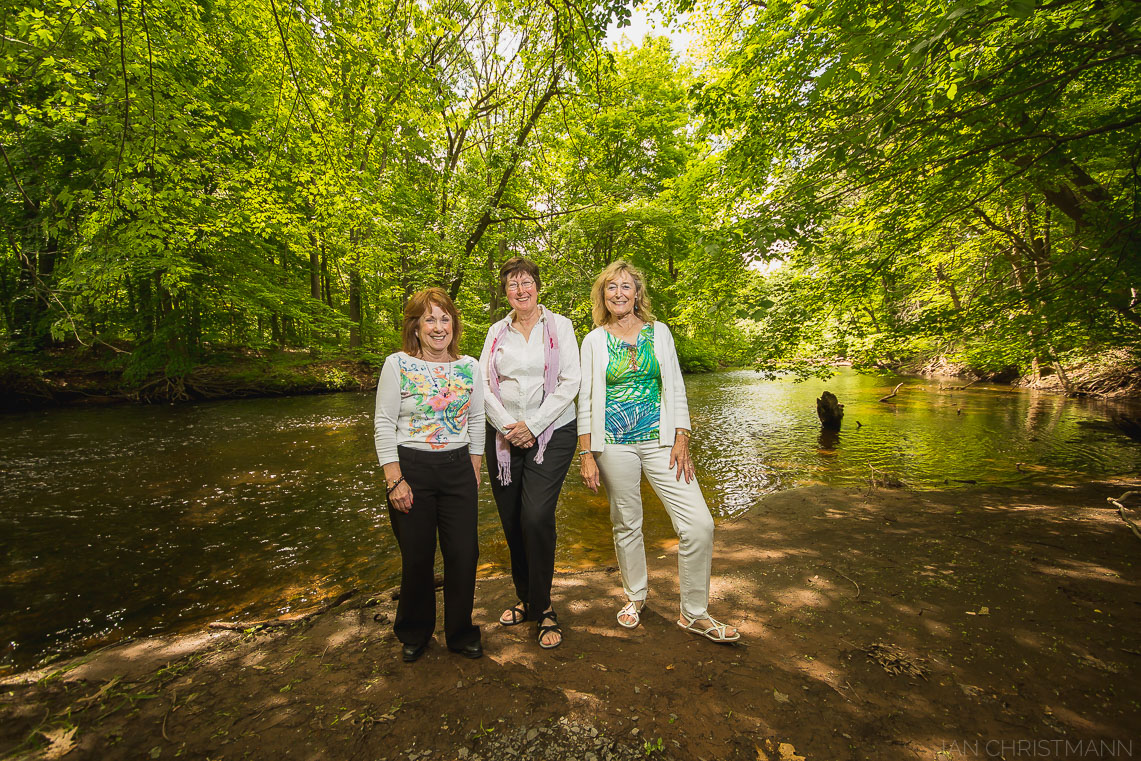
Advisory Committee Co-chairs Cathy Granucci and Mary Mushinsky, and Treasurer Elaine Doherty

Photos by Ian Christmann

